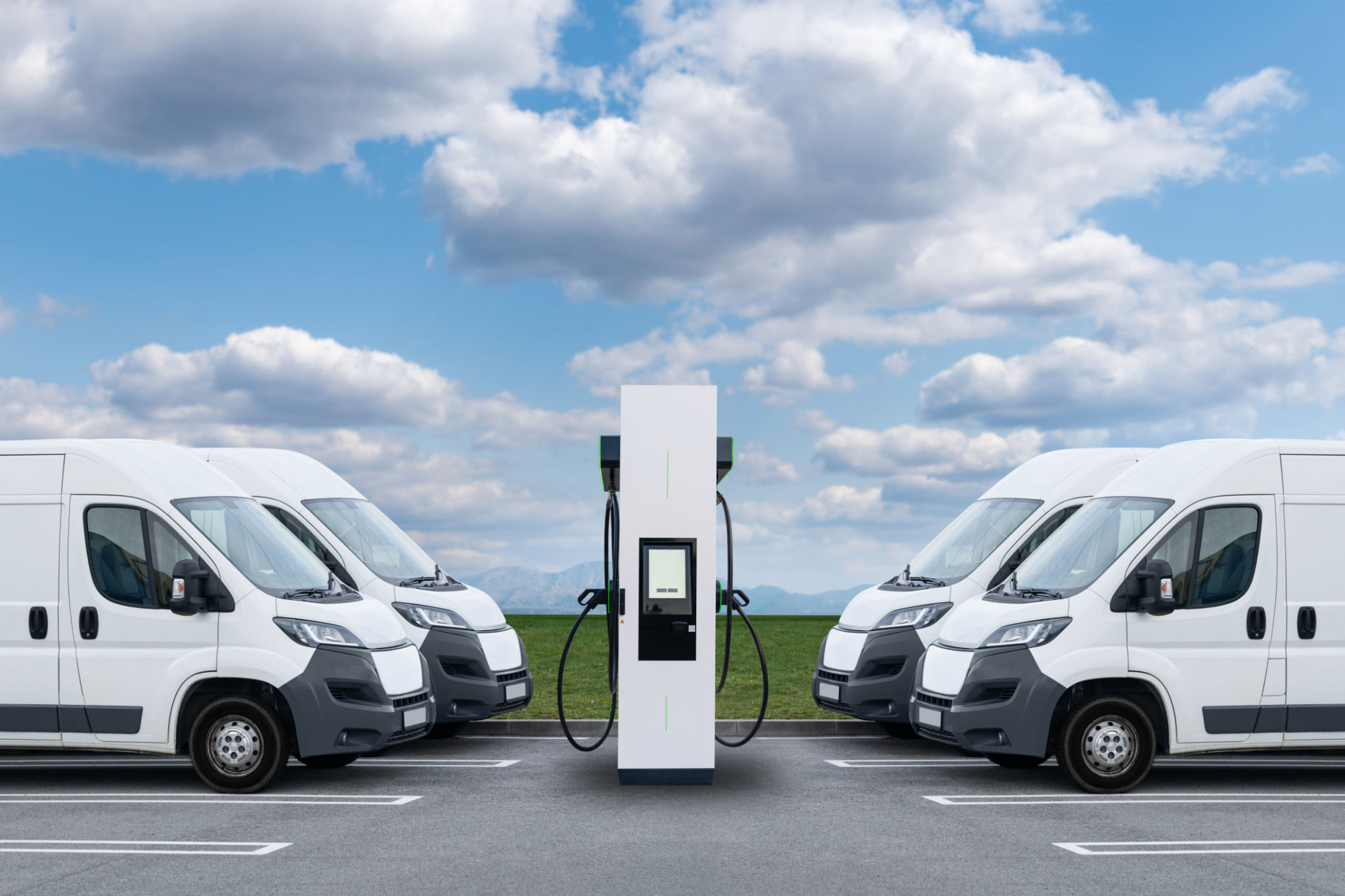How to Choose the Right EV Fleet Charger for Your Business
Understanding Your Business Needs
As electric vehicles (EVs) become more prevalent, businesses are increasingly considering the transition to EV fleets. However, choosing the right EV fleet charger is crucial to ensure efficiency and cost-effectiveness. The first step is understanding your business needs. Consider the size of your fleet, the types of vehicles you have, and the average daily mileage. These factors will help determine the charging capabilities required.

Additionally, assess whether your fleet will require overnight charging, fast charging during the day, or a combination of both. This will influence the type and number of chargers necessary to keep your fleet operational without downtime.
Types of EV Chargers
There are three main types of EV chargers: Level 1, Level 2, and DC Fast Chargers. Level 1 chargers are the most basic and use a standard 120-volt outlet, suitable for smaller fleets or businesses with lower daily mileage. Level 2 chargers are more common for commercial use, offering faster charging times with a 240-volt outlet.
DC Fast Chargers provide rapid charging and are ideal for large fleets with high-demand usage. However, they require a significant investment in infrastructure and higher energy costs. Carefully consider which type best aligns with your operational requirements and budget.

Installation Considerations
Once you have identified the type of charger that suits your needs, consider the installation process. Location is a key factor; chargers should be easily accessible to your fleet's parking area. Evaluate whether you have sufficient electrical capacity and whether upgrades to your existing infrastructure are necessary.
Consulting with a professional installer can provide insights into potential challenges and help streamline the installation process. They can also assist in securing any required permits or approvals, ensuring compliance with local regulations.
Cost and Incentives
The cost of EV chargers can vary significantly based on type, capacity, and installation complexity. It's essential to budget not only for the purchase of the chargers but also for installation and ongoing maintenance. Research available government incentives or rebates for businesses transitioning to electric fleets. These can offset initial costs significantly.

Furthermore, consider the long-term savings from reduced fuel costs and potential tax credits. A comprehensive cost analysis will provide a clearer picture of the financial benefits of adopting EV fleet chargers.
Scalability and Future-Proofing
As your business grows, so too might your fleet. When selecting an EV charger, consider scalability. Opt for systems that allow for easy expansion to accommodate additional vehicles without requiring complete overhauls of existing infrastructure.
Future-proofing your investment ensures longevity and adaptability in a rapidly evolving industry. Look for chargers that support upcoming technologies or software updates, keeping your operations efficient and up-to-date.
Choosing the Right Partner
Selecting a reliable supplier or partner for your EV charging needs is crucial. Look for companies with proven track records in delivering quality products and excellent customer service. Reading reviews and seeking recommendations can provide insights into their reliability and support capabilities.
A strong partnership will not only streamline the installation process but also offer ongoing support for maintenance and troubleshooting, ensuring minimal disruptions to your operations.

Conclusion
Transitioning to an EV fleet is a significant step towards sustainability and cost savings. By carefully considering your business needs, choosing the right type of charger, planning for installation, evaluating costs and incentives, ensuring scalability, and selecting the right partner, you can make an informed decision that benefits your business in the long term.
